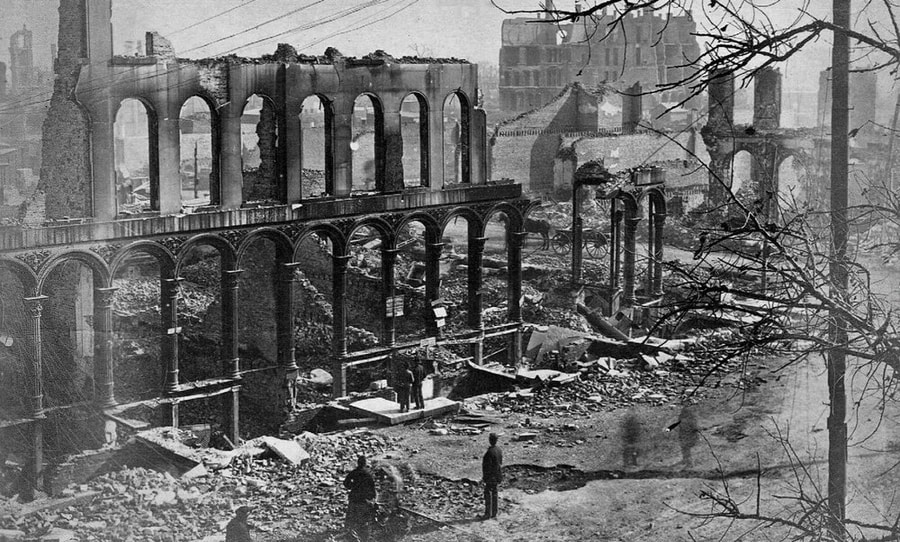A Brief History of Fire Protection
There was a time before fire safety. Before fire extinguishers, smoke alarms, and even fire doors. Let’s examine the journey.
Today, we live in a society built on laws, codes, requirements and restrictions. It’s easy to forget that there was a time before all of this, where a structure could be built with limited protection, allowing fires to run rampant if they got the chance.
Thankfully, Australia’s Building Codes ensure all buildings have a legal standard of protection to uphold, improving safety for all occupants, regardless of status. Let’s run through the journey up to this point, and of course, the invention of the fire door.

The first significant update to fire safety followed a devastating tragedy in New York, 1911. A fire spread at the Triangle Shirtwaist Company, and numerous factors made it near-impossible for occupants to escape, and for the fire to be extinguished. Doors were locked to prevent theft, trapping occupants during the fire, there was no fire alarm to alert people across the 3 stories, and there was an abundance of flammable objects in the building.
After the tragedy came the NFPA 101 – Life Safety Code. It was an especially significant code for the time because it was “the only document that covers life safety in both new and existing structures” (NFPA). The code introduced new safety laws for all buildings, including tighter restrictions regarding fire escapes, the necessity of fire-drill training, and the recommendation of sprinkler systems. However, there was still plenty to improve.
Once again, another tragedy propelled positive changes in fire-related codes. The Cocoanut Grove Fire in Massachusetts, 1942. The code was updated to include emergency lighting, restrictions on building materials regarding their combustion levels, and the mandatory inclusion of at least one door that swung outward.
By 1980, fire safety in buildings was getting far more serious. Across the globe, changes were being made to codes, setting concrete rules on fire-safety devices. Sprinkler systems had to be installed in buildings with multiple stories, every room and elevator required smoke detectors, and exit maps needed to be displayed.
Zoning in on Australia, our most significant fire code came in 1996, with massive updates to the Building Code of Australia. Requirements for emergency lights, communication systems, alarm systems, portable fire hydrants, fire windows, fire doors, smoke alarms, and much more. Every year, the Building Codes of Australia are reviewed and amended, with fire safety becoming more and more advanced. Substantial progress has been made over the years, but regular inspections and maintenance are still required for up-to-date, legal protection.
Have a fire door related enquiry? We’re happy to help. Contact Fire Safe Doors at [email protected] or call (02) 9070 0732, and we’ll work through a plan for your needs.

